Home>Furniture & Design>Bedroom Furniture>What Is A Good Density For Memory Foam
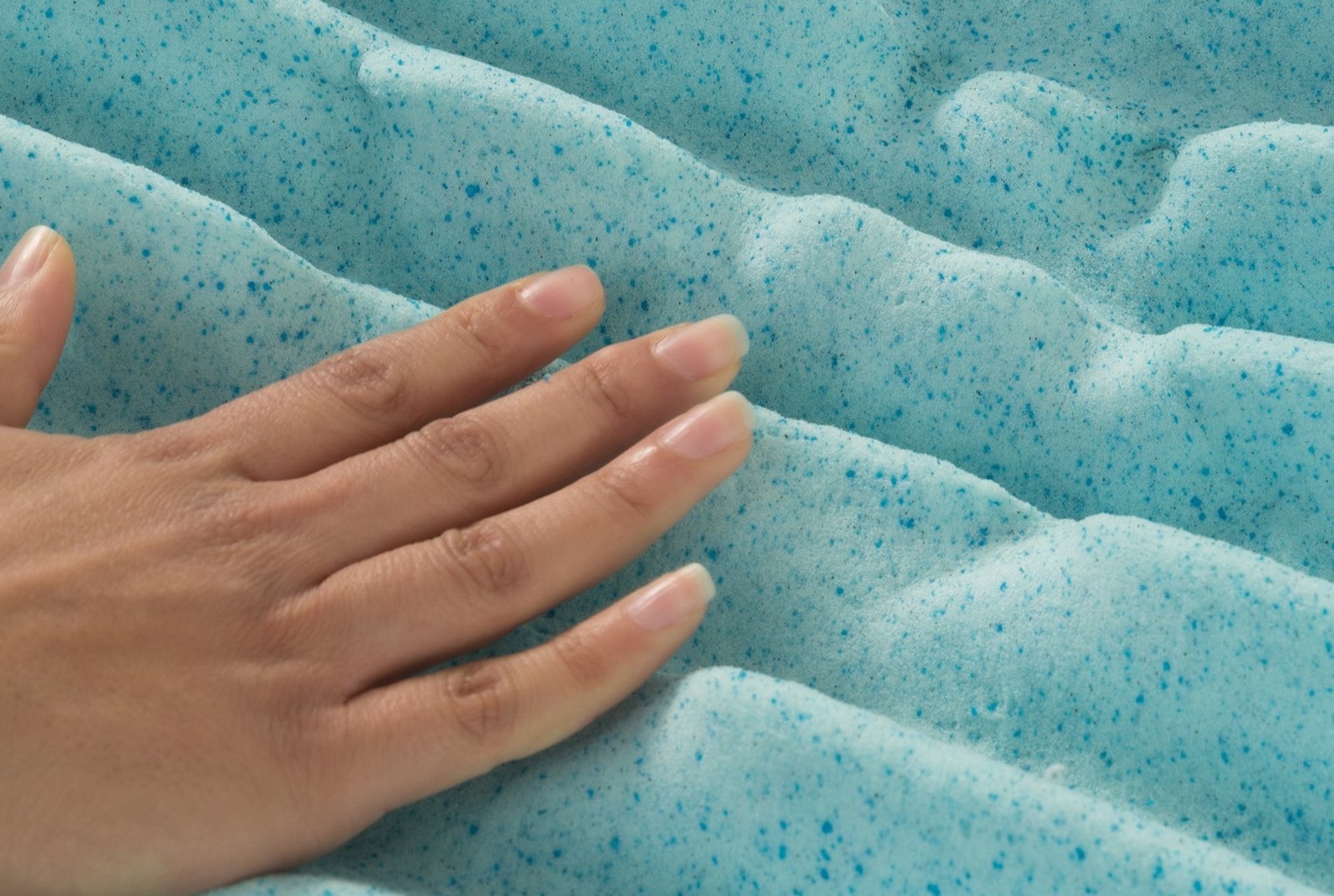

Bedroom Furniture
What Is A Good Density For Memory Foam
Modified: September 2, 2024
Discover the ideal density for memory foam in bedroom furniture. Find the perfect balance with our furniture and design tips. Improve your sleep today!
(Many of the links in this article redirect to a specific reviewed product. Your purchase of these products through affiliate links helps to generate commission for Storables.com, at no extra cost. Learn more)
**
Introduction
**
When it comes to choosing the perfect mattress or mattress topper, one of the key factors to consider is the density of the memory foam. Memory foam has gained immense popularity due to its ability to contour to the body, providing exceptional comfort and support. However, not all memory foam is created equal. The density of the foam plays a crucial role in determining its quality, durability, and performance.
In this article, we will delve into the intricacies of memory foam density, exploring its significance and impact on sleep quality. Whether you are in the market for a new mattress, mattress topper, or simply seeking to enhance your knowledge of sleep technology, understanding memory foam density is essential. We will unravel the factors that influence memory foam density, guide you through determining the right density for your specific needs, and empower you to make an informed decision when investing in memory foam products. So, let's embark on this enlightening journey into the world of memory foam density.
**
Key Takeaways:
- Memory foam density affects comfort, support, and durability. Choose the right density based on your sleep position, body weight, firmness preference, and temperature sensitivity for optimal sleep quality.
- Factors like chemical composition, manufacturing process, and layering impact memory foam density. Understanding these factors empowers consumers to make informed decisions when selecting memory foam products.
Understanding Memory Foam Density
**
Memory foam density refers to the measure of how much one cubic foot of the foam material weighs. It is typically expressed in pounds per cubic foot (PCF) or kilograms per cubic meter (kg/m³). The density of memory foam is a critical indicator of its quality, performance, and longevity.
Low-density memory foam, typically ranging from 2.5 to 3.9 PCF, is softer and more responsive to body heat. While it offers initial comfort, it may lack the necessary support and durability for long-term use. On the other hand, high-density memory foam, ranging from 5.0 to 7.0 PCF, is firmer and provides superior support. It conforms closely to the body, relieving pressure points and ensuring proper spinal alignment.
Medium-density memory foam, falling within the 4.0 to 5.9 PCF range, strikes a balance between comfort and support. It is versatile, catering to a wide range of sleep preferences and body types. Understanding the characteristics of each density range is crucial in making an informed decision based on your unique sleep needs and preferences.
Furthermore, memory foam density directly influences the foam’s ability to distribute body weight evenly, alleviate pressure points, and minimize motion transfer. Higher density foam tends to have better motion isolation, making it an ideal choice for couples or individuals sensitive to disturbances during sleep.
By comprehending the nuances of memory foam density, you can navigate the vast array of options available in the market and select a product that aligns with your comfort, support, and durability requirements. Now that we have established a foundational understanding of memory foam density, let’s delve into the factors that impact this crucial aspect of memory foam technology.
**
Factors Affecting Memory Foam Density
**
Several key factors contribute to the density of memory foam, each playing a pivotal role in determining the foam’s performance and characteristics. Understanding these factors empowers consumers to make well-informed decisions when selecting memory foam products.
1. Chemical Composition: The chemical composition of the foam, particularly the ratio of polyols and isocyanates, influences its density. Higher concentrations of these components result in greater foam density, contributing to enhanced support and longevity.
2. Manufacturing Process: The method of manufacturing significantly impacts the density of memory foam. Variations in temperature, pressure, and the addition of certain chemicals during production can alter the foam's density and overall quality.
3. Cell Structure: The cellular structure of memory foam, often categorized as open-cell or closed-cell, affects its density and breathability. Open-cell foam tends to be lighter and more breathable, while closed-cell foam is denser and offers robust support.
4. Compression and Indentation Force Deflection (IFD): The compression and IFD ratings of memory foam, which measure its firmness and supportiveness, are closely linked to its density. Higher density foam generally exhibits higher IFD values, signifying greater firmness and support.
5. Additives and Blends: The incorporation of additives, such as gel infusions or plant-based materials, can influence the density and performance of memory foam. These enhancements may contribute to improved cooling properties, responsiveness, and overall comfort.
6. Thickness and Layering: The thickness and layering of memory foam within a mattress or topper can impact its overall density and feel. Thicker layers of high-density foam often provide robust support, while strategically layered combinations of different densities cater to varying comfort preferences.
By considering these influential factors, consumers can gain insight into the composition and characteristics of memory foam products, enabling them to make informed choices based on their individual sleep needs and preferences. As we continue our exploration, we will unravel the process of determining the ideal memory foam density tailored to your specific requirements.
**
A good density for memory foam is typically between 3 to 5 pounds per cubic foot. Higher density foam tends to be more durable and supportive, while lower density foam may be softer but less durable.
Determining the Right Density for You
**
Choosing the ideal memory foam density involves a thoughtful consideration of various factors, encompassing personal preferences, sleep habits, and physical attributes. By aligning the density of the memory foam with your specific needs, you can optimize comfort, support, and overall sleep quality.
1. Sleep Position: Your preferred sleep position profoundly influences the ideal memory foam density for your mattress or topper. Side sleepers often benefit from medium to high-density foam, as it provides crucial support for the hips and shoulders. Back and stomach sleepers may find high-density foam more conducive to spinal alignment and pressure relief.
2. Body Weight: Your body weight plays a significant role in determining the appropriate memory foam density. Heavier individuals typically require higher density foam to prevent excessive sinkage and maintain proper support. Lighter individuals may find medium-density foam to be sufficiently supportive and comfortable.
3. Firmness Preference: Understanding your preference for mattress firmness is essential in selecting the right density of memory foam. Those who prefer a firmer feel may lean towards high-density foam, while individuals seeking a plush, contouring sensation may opt for medium-density foam.
4. Temperature Sensitivity: If you are sensitive to temperature fluctuations during sleep, considering the breathability and heat retention properties of the memory foam is crucial. Open-cell, breathable foams are often preferred by individuals who tend to sleep hot, while those desiring a cozy, enveloping feel may opt for denser, heat-retaining foam.
5. Partner Considerations: For couples sharing a mattress, selecting memory foam with adequate motion isolation and support is vital. Higher density foam tends to minimize motion transfer, ensuring an undisturbed night’s sleep for both individuals.
By evaluating these factors in conjunction with your unique sleep preferences, you can pinpoint the optimal memory foam density that aligns with your individual needs. Whether you prioritize pressure relief, spinal alignment, or temperature regulation, tailoring the density of the memory foam to your specific requirements is instrumental in achieving restorative and rejuvenating sleep.
Armed with a comprehensive understanding of memory foam density and its impact on sleep quality, you are well-equipped to embark on your quest for the perfect mattress or mattress topper. Now, let’s encapsulate our insights and discoveries as we conclude this enlightening exploration into the realm of memory foam density.
**
Conclusion
**
As we draw the curtains on our exploration of memory foam density, we have unveiled the pivotal role it plays in shaping the comfort, support, and overall performance of mattresses and mattress toppers. The significance of memory foam density transcends mere technical specifications, encompassing a profound impact on the quality of sleep and the well-being of individuals.
By comprehending the intricacies of memory foam density, including its varying ranges, influential factors, and the process of determining the right density for individual needs, consumers are empowered to make informed decisions when investing in sleep technology. The interplay between sleep position, body weight, firmness preferences, and temperature sensitivity serves as a guiding framework for selecting the optimal density of memory foam, tailored to specific requirements.
Furthermore, the factors affecting memory foam density, ranging from chemical composition and manufacturing processes to thickness and layering, offer valuable insights into the composition and characteristics of memory foam products. This knowledge equips consumers with the discernment to discern the nuances of various options available in the market, enabling them to make choices aligned with their unique sleep habits and preferences.
As individuals embark on the quest for rejuvenating and restorative sleep, the role of memory foam density emerges as a cornerstone in the pursuit of comfort and support. Whether seeking to alleviate pressure points, achieve proper spinal alignment, or minimize motion transfer, the right density of memory foam serves as a catalyst for enhancing sleep quality and overall well-being.
In essence, the journey through the realm of memory foam density underscores the fusion of science and comfort, where technical specifications harmonize with personal preferences to culminate in a profound impact on sleep quality. Armed with this knowledge, individuals are poised to make enlightened choices, embracing the transformative potential of memory foam technology in their quest for revitalizing and restorative sleep.
As we bid adieu to this illuminating odyssey into the world of memory foam density, may the insights garnered serve as guiding beacons, illuminating the path towards a rejuvenating and blissful slumber.
Frequently Asked Questions about What Is A Good Density For Memory Foam
Was this page helpful?
At Storables.com, we guarantee accurate and reliable information. Our content, validated by Expert Board Contributors, is crafted following stringent Editorial Policies. We're committed to providing you with well-researched, expert-backed insights for all your informational needs.
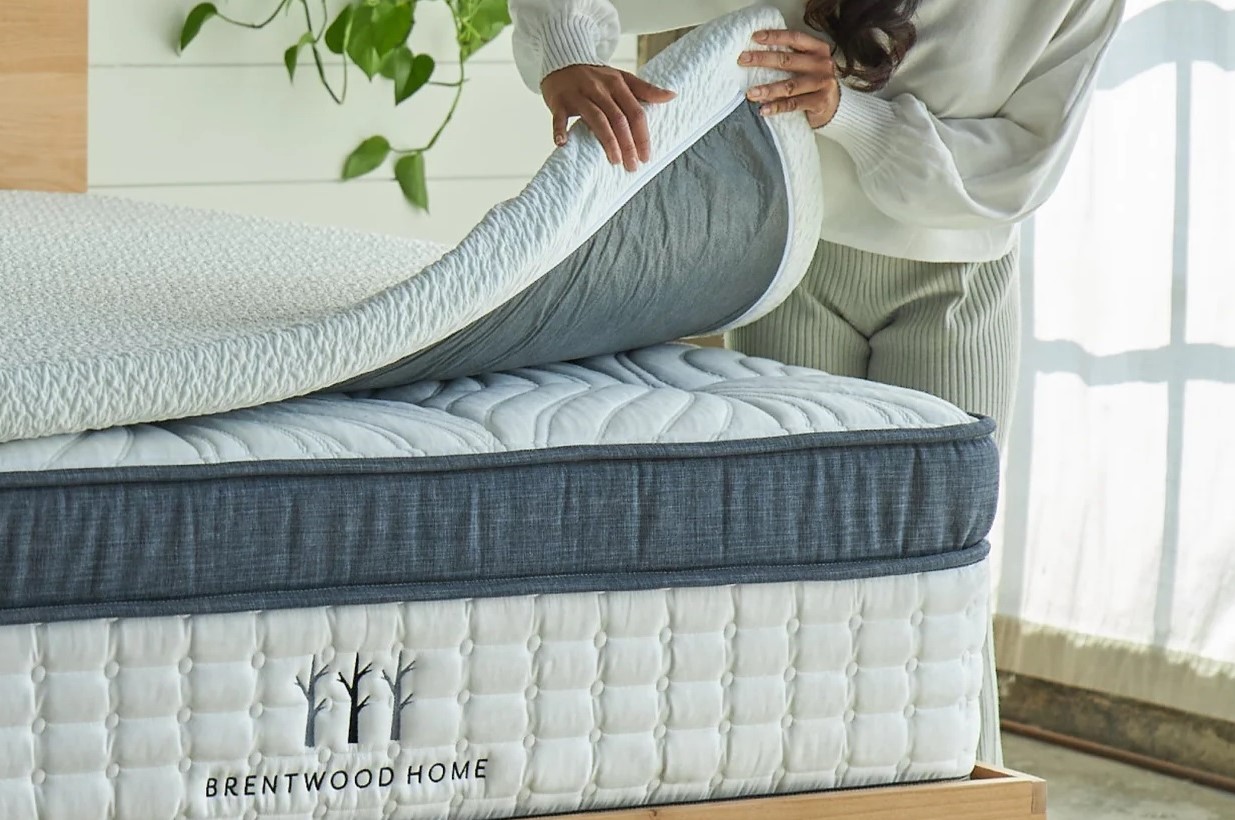
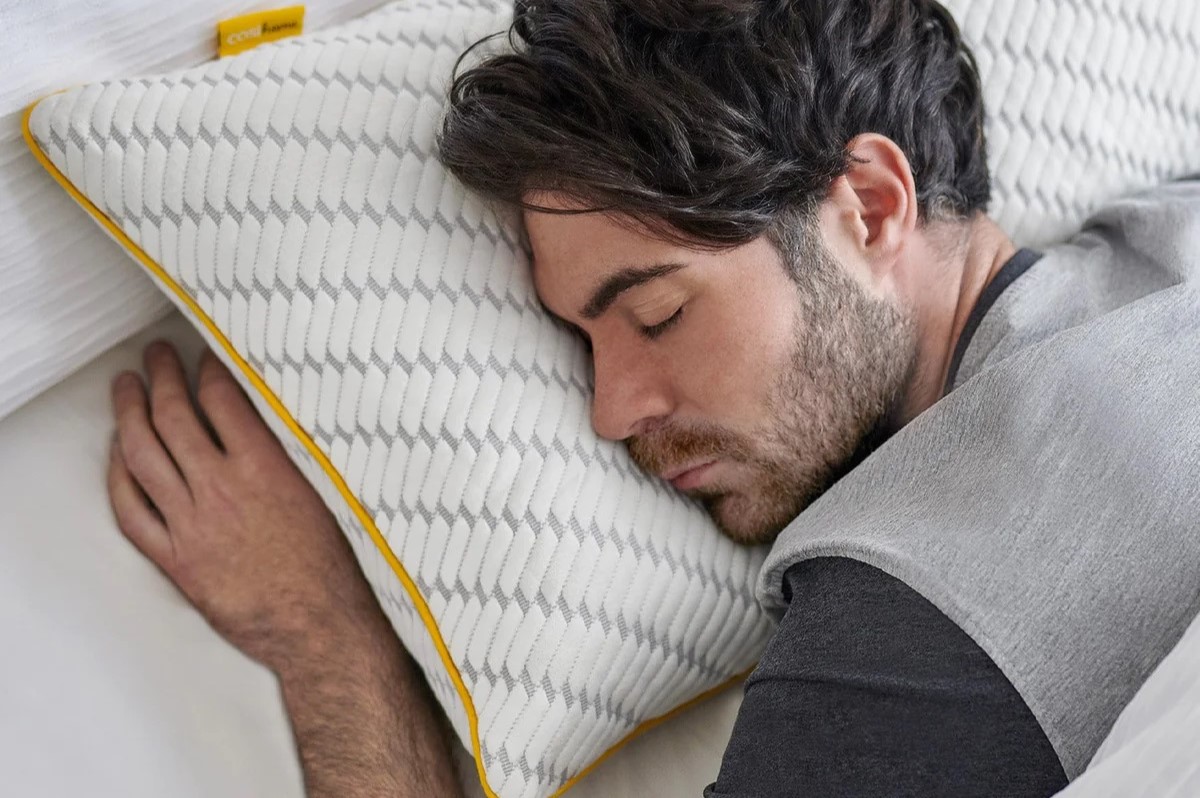
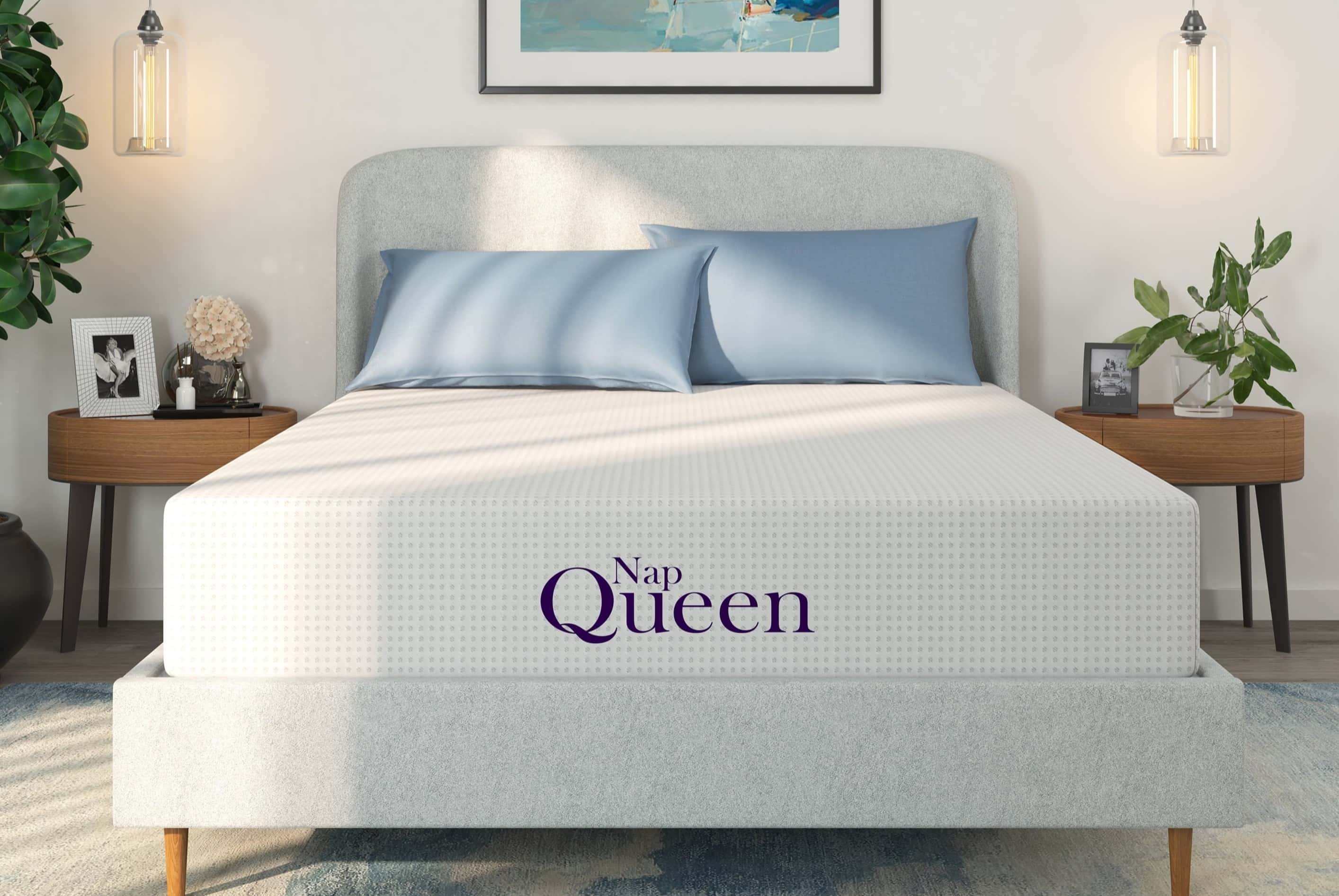
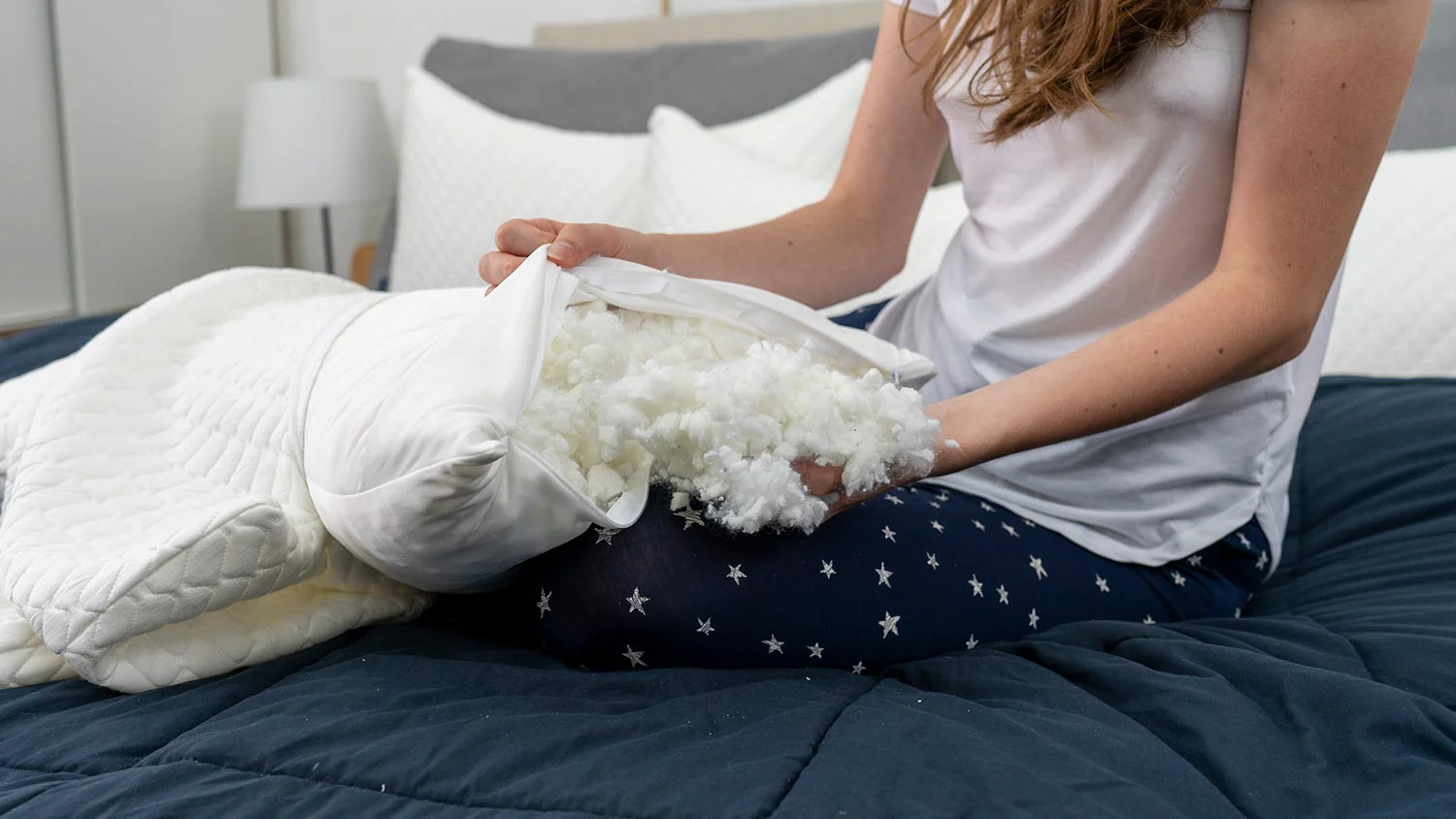
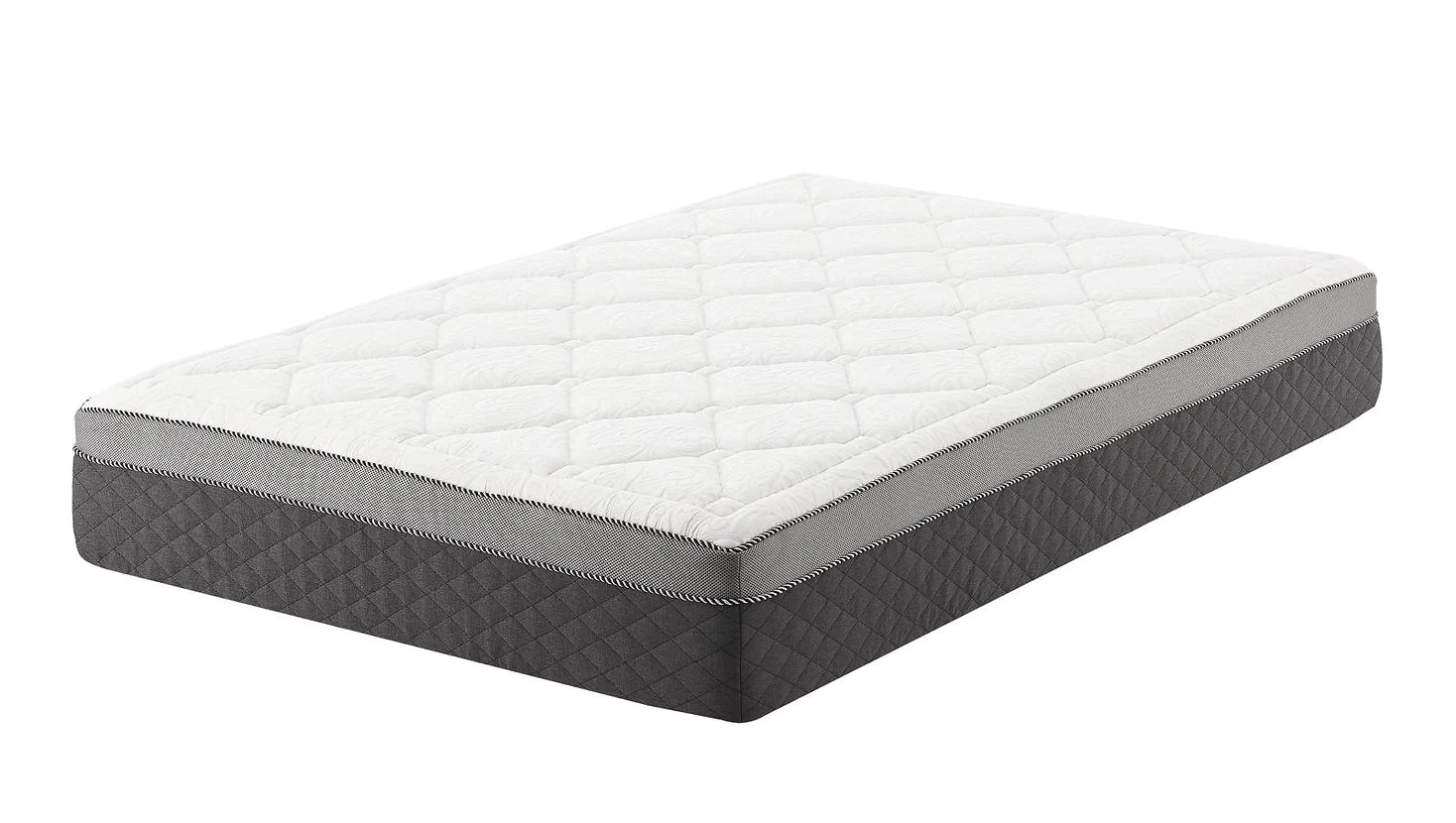
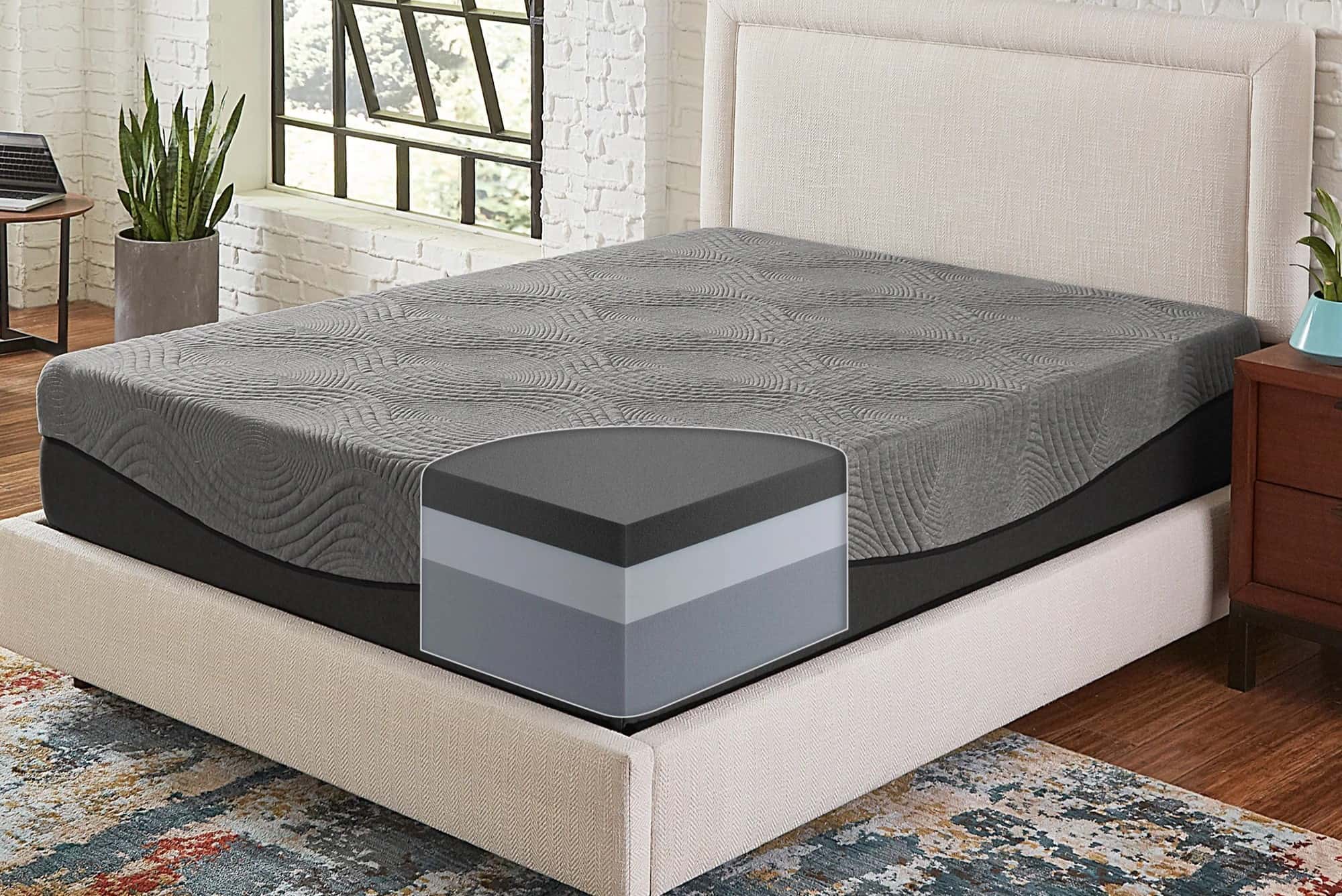
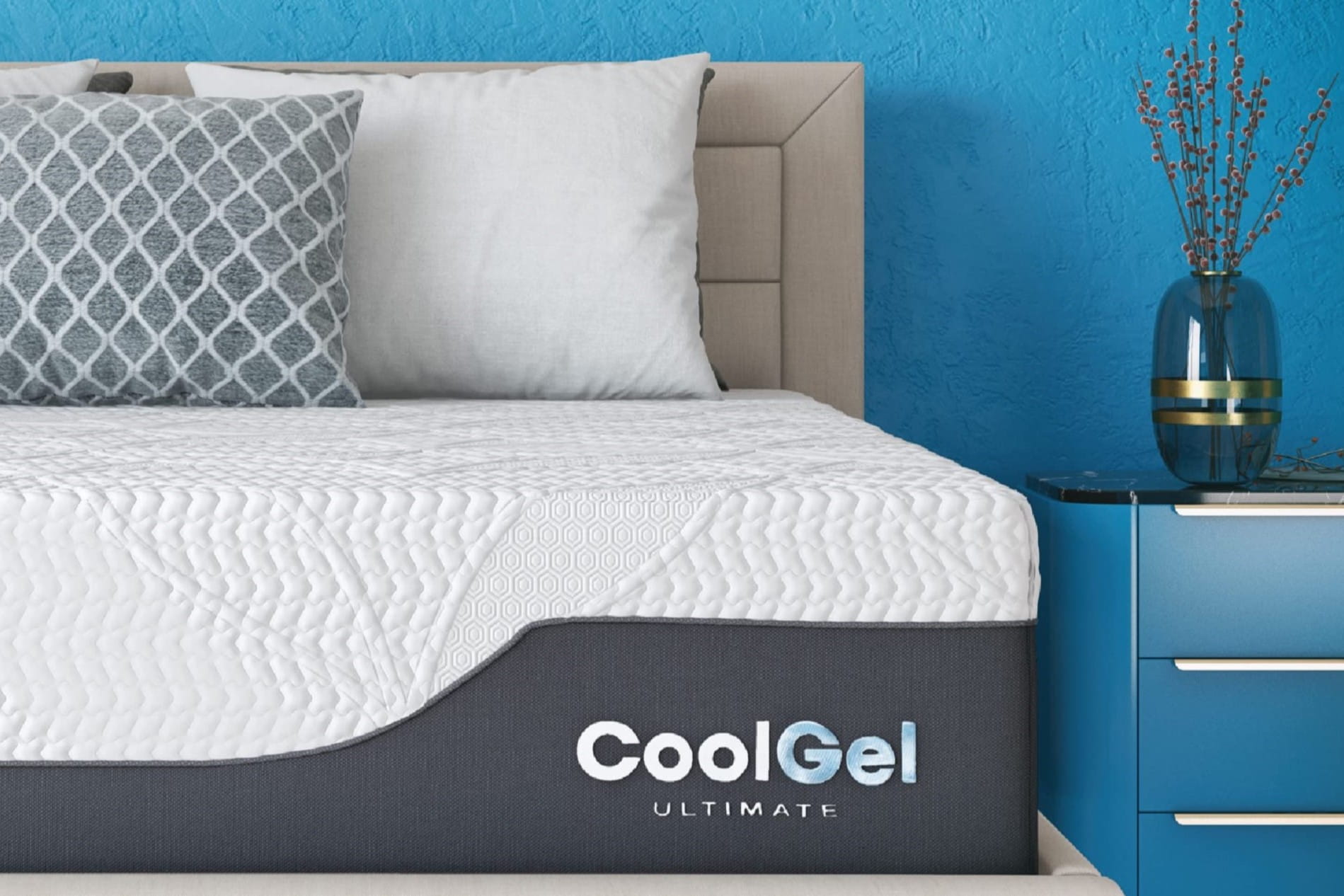
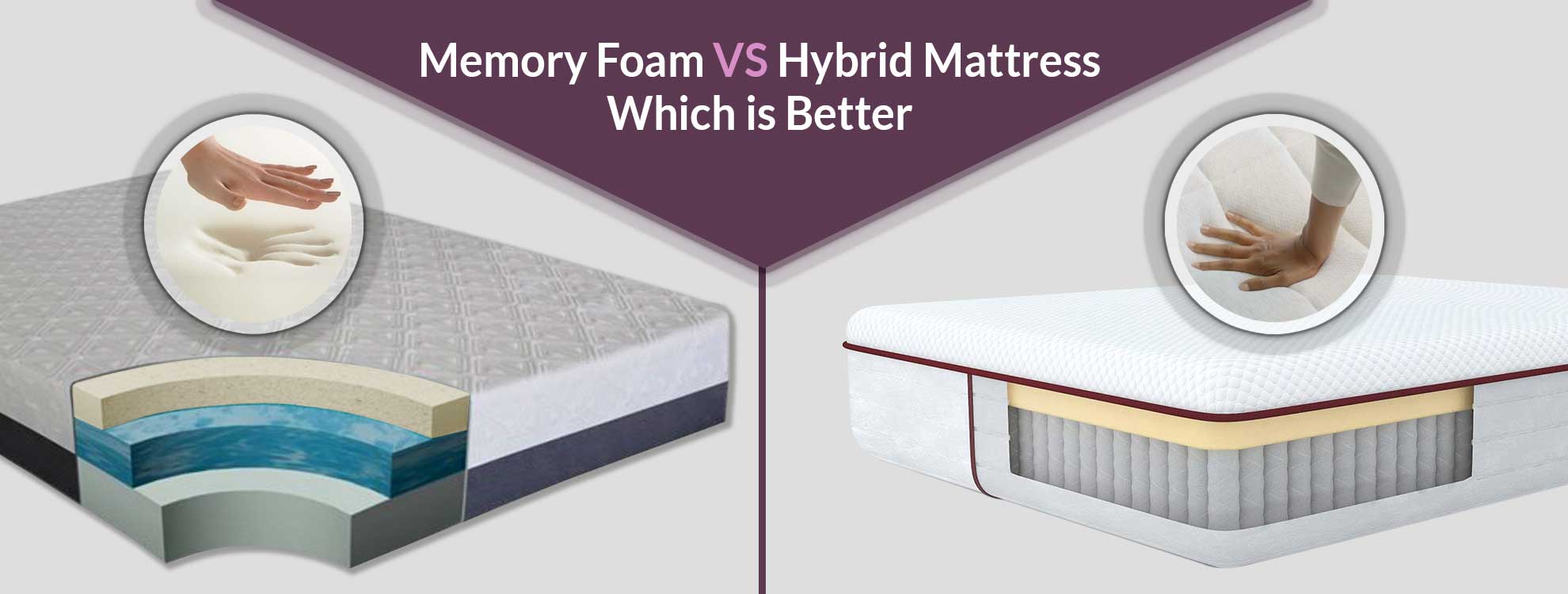
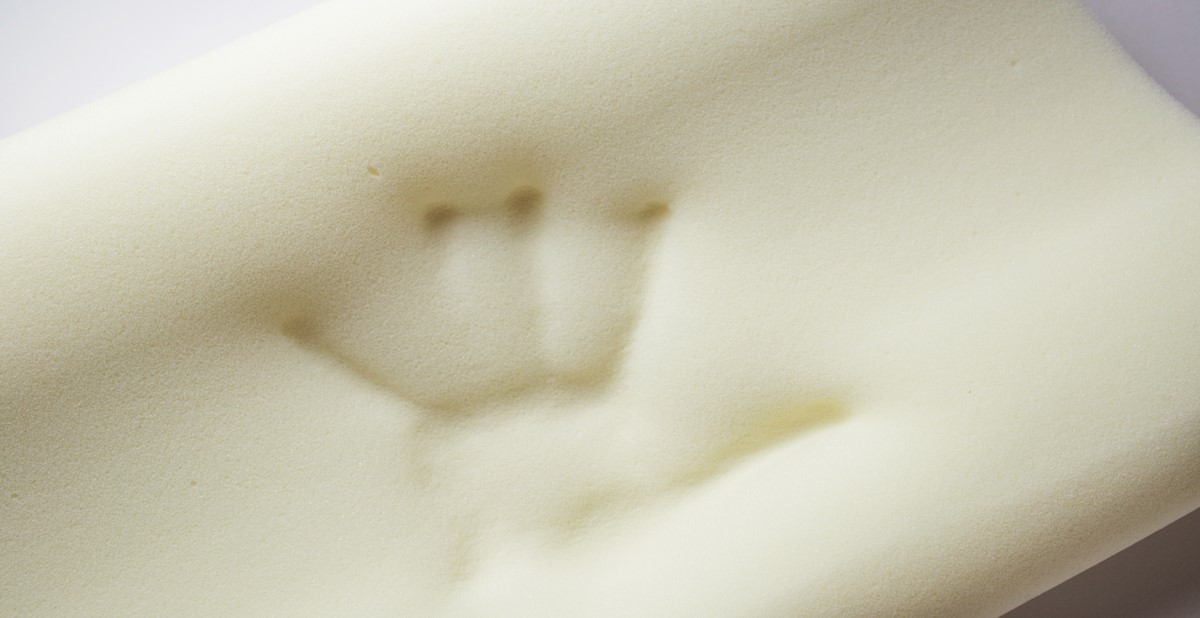
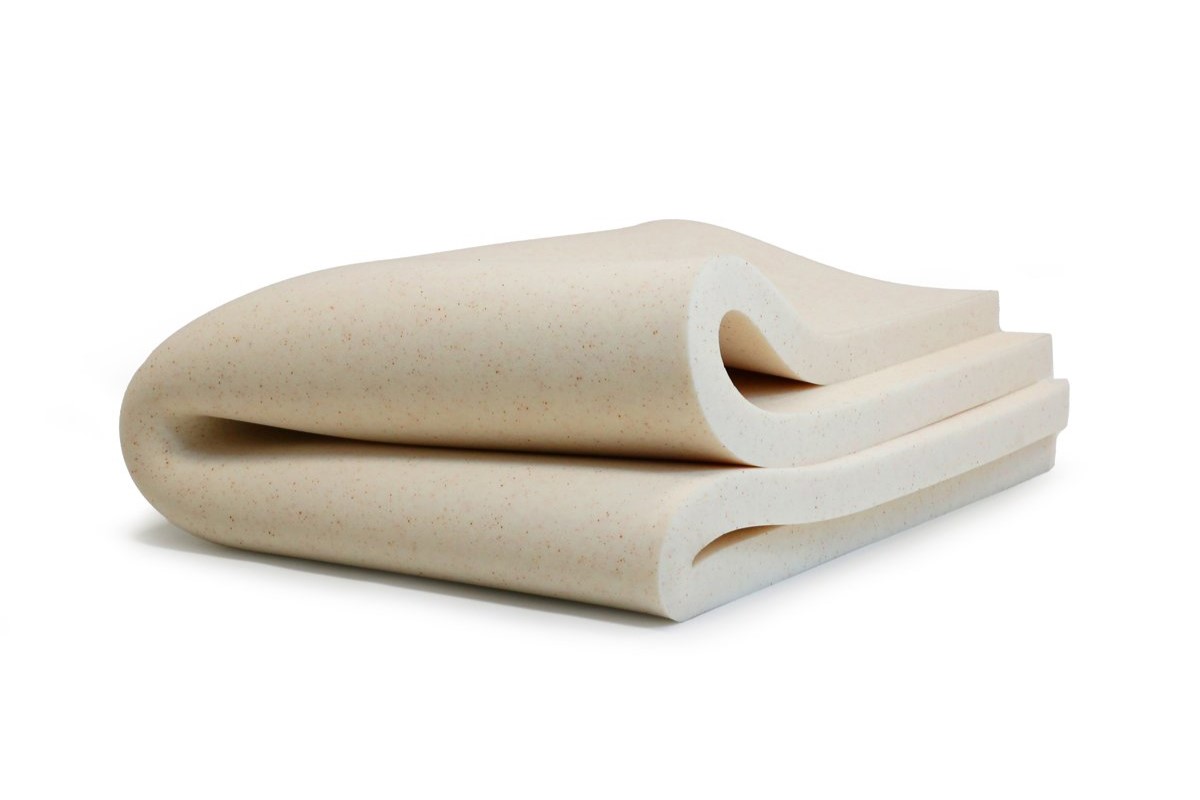
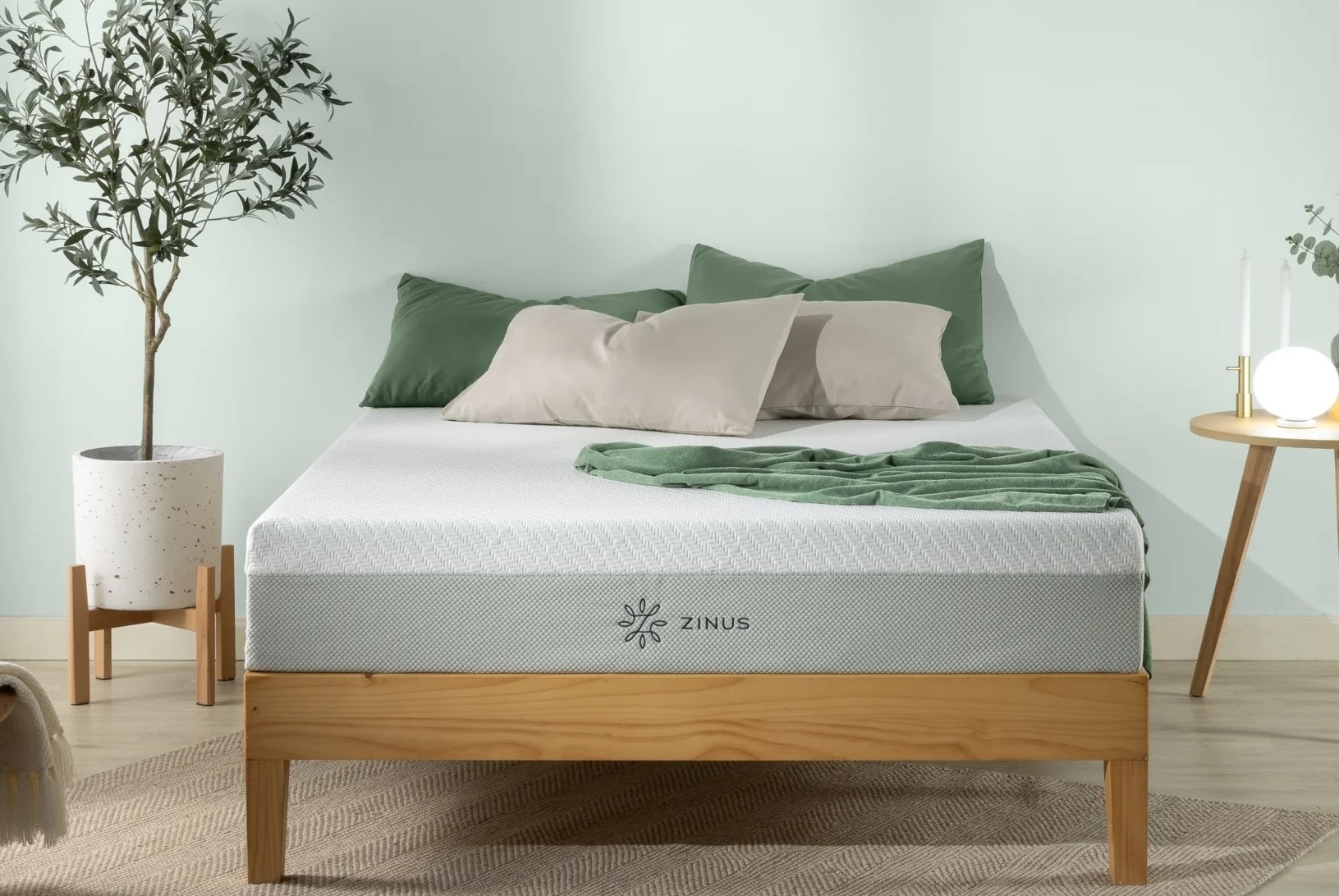
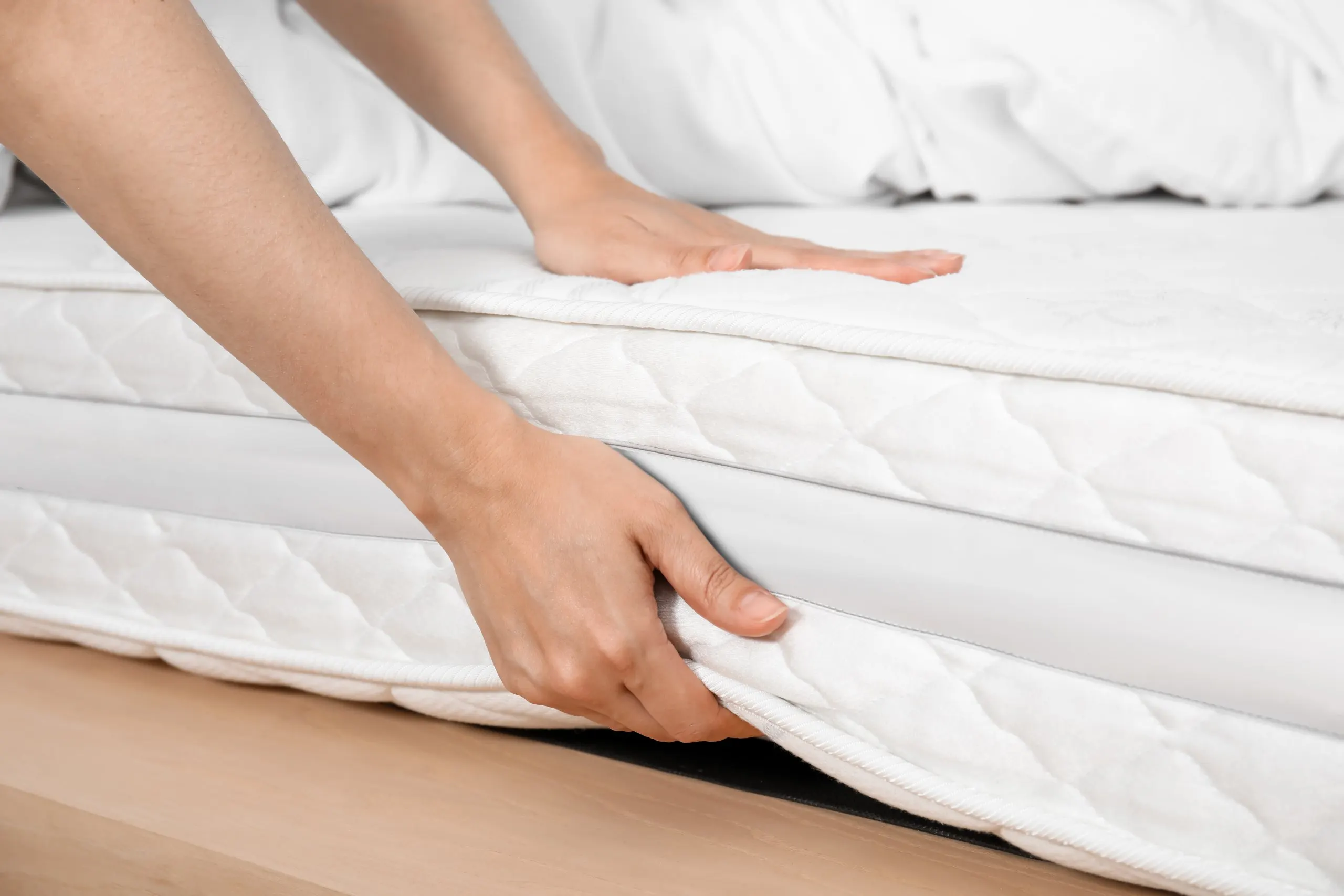
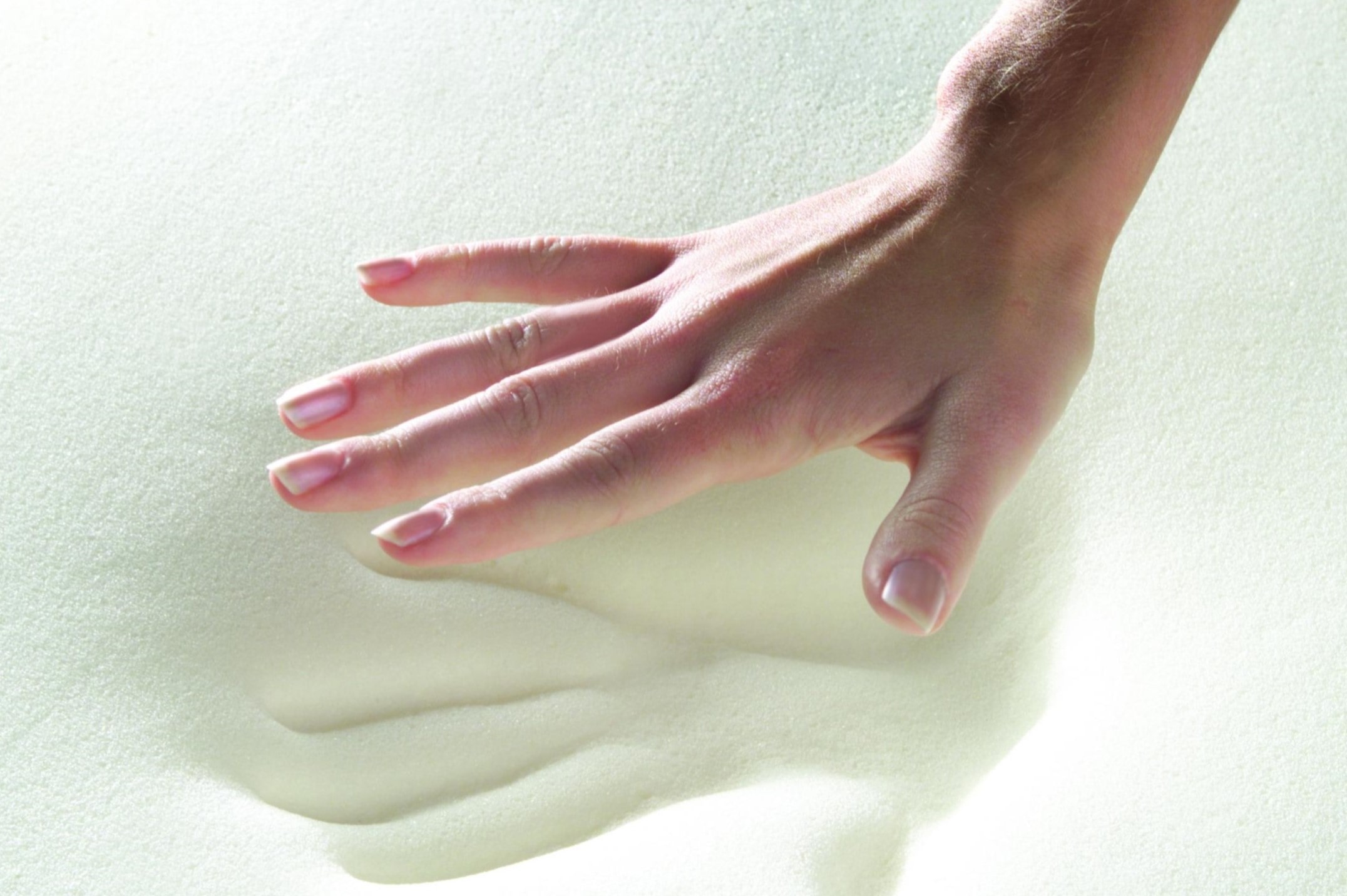
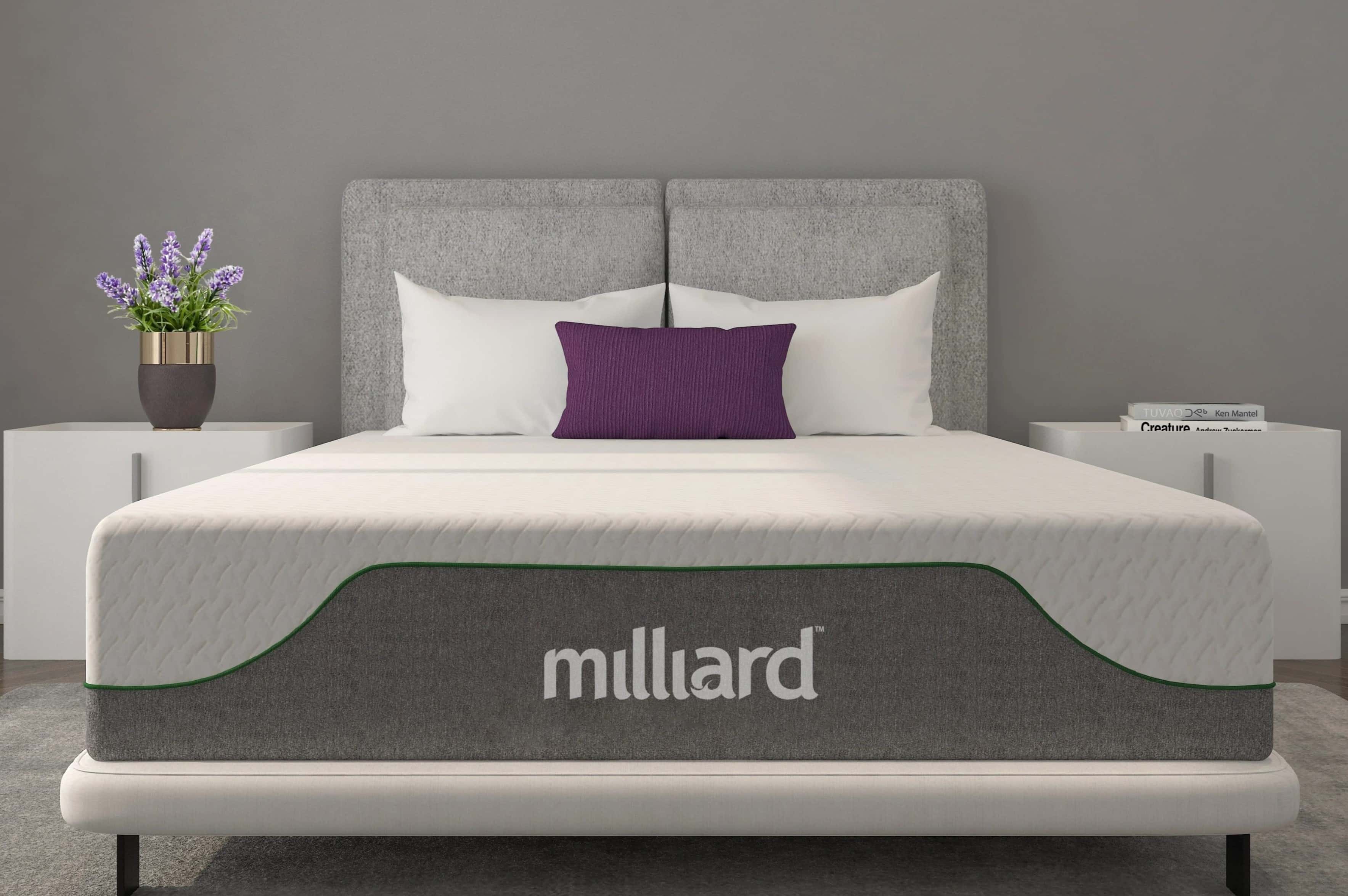
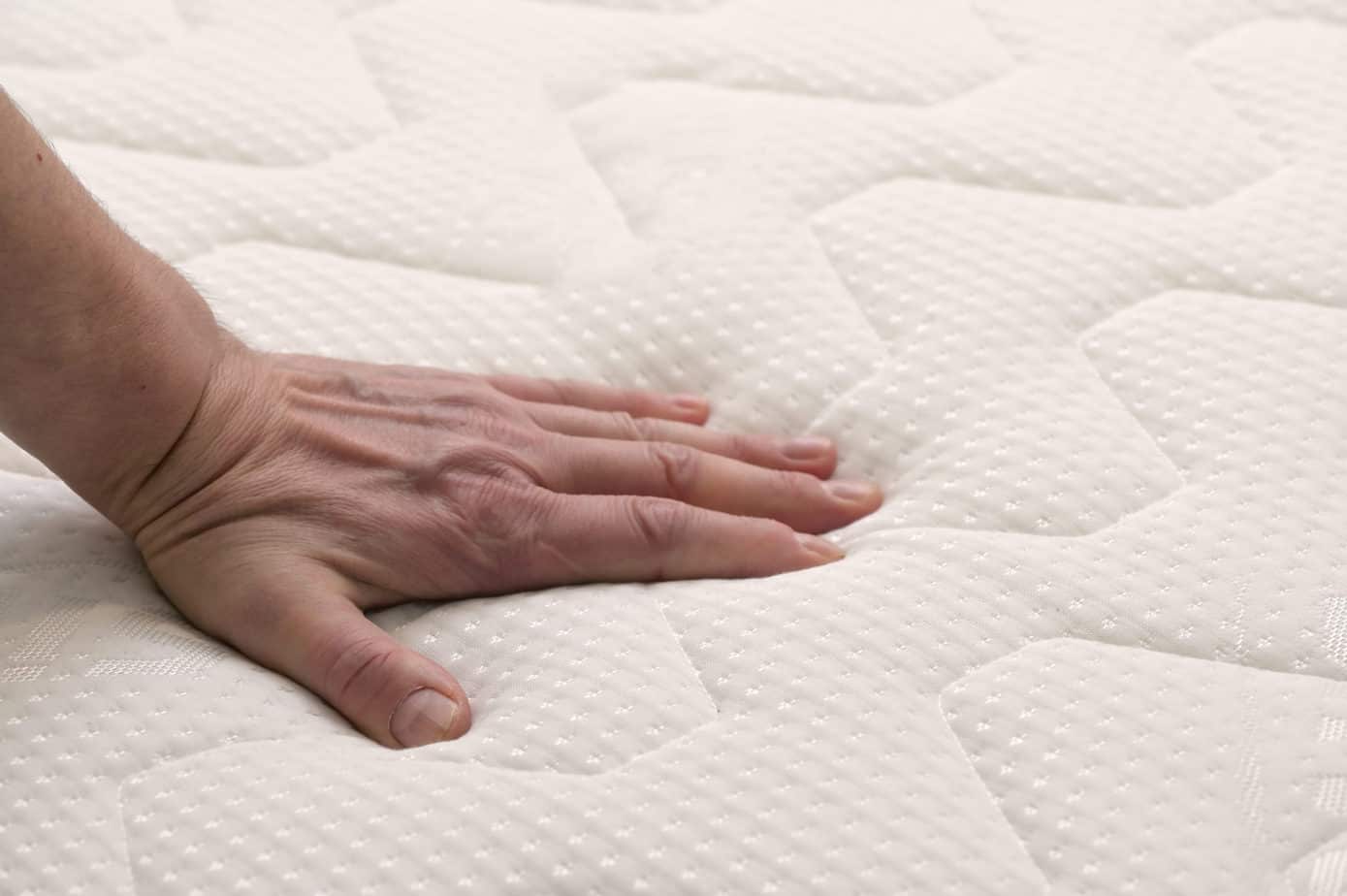

0 thoughts on “What Is A Good Density For Memory Foam”